
Starting June 1st, 2023 Our warehouse fee will be $0.65/cubic foot per month
In effort to lower the warehouse storage fee during inflation, we have went narrow aisle racking.This construction took us four months but the project is finally completed. With narrow aisle racking, we are able to drop storage by 24%.We as partners will go through this inflation together.
07/06/2025
Choosing the right 3PL for Shopify is critical for any business that wants to grow efficiently. The best third-party logistics providers handle storage, packing, shipping, and returns, so you can focus on marketing and sales instead of operational headaches.
This guide reviews the 15 top 3PL companies for Shopify in 2025, highlighting their strengths in integration, speed, pricing, and customer support. Whether you’re launching a new store or scaling an established brand, you’ll find the right partner to streamline fulfillment and deliver a better experience to your customers.
*Key Takeaways:
The right 3PL for Shopify simplifies inventory management, order fulfillment, and shipping.
Reliable 3PL partners improve delivery speed, reduce costs, and boost customer satisfaction.
Top 3PL companies offer seamless Shopify integrations and scalable solutions for growing stores.
Clear criteria-like transparent pricing, warehouse locations, and responsive support-help you choose the best fit.
Alternative fulfillment options, including Shopify Fulfillment Network and dropshipping, may also suit certain business models.
Handling every order on your own might work in the early days, but as your Shopify store gains traction, fulfillment quickly becomes complex and time-consuming. Partnering with a 3PL for Shopify helps you overcome these common challenges:
Inventory Overload: Storing products at home or in a small office limits your capacity and creates disorganization. A 3PL provides professional warehousing with real-time inventory tracking.
Slow Shipping Times: Packing and shipping orders yourself often leads to delays. 3PL providers have established carrier relationships and optimized workflows to speed up delivery.
High Operational Costs: Managing fulfillment in-house requires staff, equipment, and storage space. A 3PL spreads these costs across many clients, making logistics more affordable.
Scaling Limitations: Seasonal spikes and sales promotions can overwhelm a small team. 3PL companies can flex capacity to handle volume surges without disrupting service.
Outsourcing fulfillment to a trusted third-party logistics partner lets you stay focused on growing your brand while your orders are picked, packed, and shipped reliably.

A 3PL for Shopify operates by taking over the core logistics processes that would otherwise consume your team’s time. When a customer places an order on your Shopify store, the order information flows directly to the 3PL’s system. From there, the 3PL picks the ordered products from warehouse inventory, packs them securely, and ships them to the customer’s address. Many providers also handle returns and offer tracking updates, giving you and your customers real-time visibility into each shipment’s status.
3PLs connect with Shopify through robust integrations that sync order and inventory data automatically. Most leading Shopify 3PL providers offer native apps or built-in integrations, so setup requires only a few clicks in your Shopify dashboard. Once connected, inventory levels update in real time, and every new order is instantly sent to the 3PL for processing. Some providers also support custom API integrations or third-party connectors to tailor workflows for unique business needs.
Choosing the right fulfillment partner is critical for any Shopify store looking to scale. Below are some of the most reputable 3PL for Shopify providers, each offering unique capabilities to meet different business needs.
Easyship connects Shopify merchants to hundreds of global couriers. The platform offers discounted shipping rates, real-time tracking, automated tax and duties calculations, and customs documentation. It’s a popular choice for stores with international customers seeking streamlined cross-border fulfillment.
Red Stag specializes in high-value, large, or heavy products that require special handling. Services include kitting, assembly, custom packaging, and reliable same-day order processing. They’re known for extremely low error rates and high-touch support, making them a strong partner for complex fulfillment needs.
Shipwire provides global fulfillment solutions through an extensive network of warehouses in North America, Europe, and Asia. Their platform integrates with Shopify to automate inventory syncing, order routing, and tracking. Shipwire is a proven option for brands targeting international growth.
ShipHero is a certified Shopify Plus partner known for its advanced order processing and warehouse management. Its platform automates order routing, picking, and packing, helping merchants reduce errors and increase fulfillment speed. The intuitive interface and barcode scanning make it easy to track inventory and process orders accurately.
Ideal for stores selling print-on-demand products, Printful handles printing, packing, and shipping custom merchandise. With deep Shopify integration, you can launch and fulfill custom designs effortlessly. Printful automates product syncing, order processing, and branded packing slips, letting you focus on creativity and marketing.
ShipRocket offers a user-friendly platform that aggregates multiple courier services, automates order workflows, and provides end-to-end tracking. Particularly popular among small and mid-sized Shopify stores, ShipRocket simplifies shipping while keeping costs competitive.
Fulfillment.com helps Shopify merchants scale globally with fulfillment centers across the US, Europe, and Asia-Pacific. They offer fast shipping, inventory tracking, and customs clearance support, making cross-border logistics much more manageable.
Ship7 specializes in international warehousing and shipping solutions. Their services include order processing, repackaging, and reliable delivery to over 200 countries, supporting Shopify stores that serve a global customer base.
ShipKoo offers affordable warehousing, picking, packing, and shipping solutions designed for Shopify integration. Their straightforward pricing and focus on small to mid-sized businesses make them an attractive option for emerging brands.
ShipHawk is designed for merchants who ship oversized, heavy, or bulky items. The platform automates quoting, packing optimization, and shipment management to ensure cost-effective delivery of large products.
Worldcraft Logistics provides customized 3PL solutions including e-commerce fulfillment, freight forwarding, and inventory management. Their Shopify-compatible services help brands streamline operations and improve customer satisfaction.
GXO Logistics operates a vast global network of fulfillment centers with advanced automation. They integrate with Shopify to provide end-to-end visibility and scalability for high-volume sellers.
As one of the largest logistics providers in the world, Kuehne + Nagel offers comprehensive fulfillment and shipping solutions. Their Shopify-compatible services are especially valuable for businesses with complex supply chains and multinational operations.
J.B. Hunt provides integrated fulfillment and transportation solutions tailored to e-commerce brands. Their warehousing network and technology integrations help Shopify merchants manage inventory and shipping across the US efficiently.
DSV is a global logistics leader offering comprehensive 3PL services tailored for Shopify merchants in North America. Their fulfillment solutions include warehousing, inventory management, pick and pack, and last-mile delivery. DSV’s robust infrastructure and technology integrations help e-commerce brands maintain fast, reliable shipping across the US and Canada while scaling efficiently.
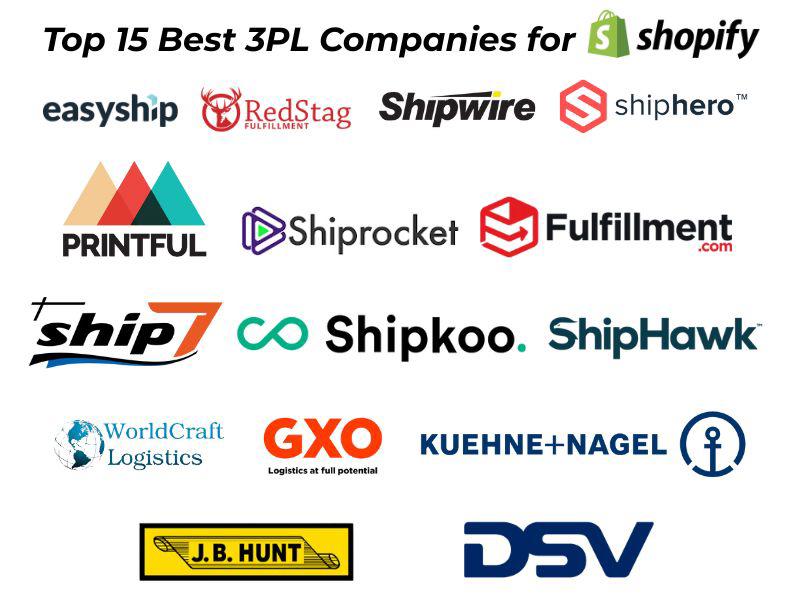
Partnering with a 3PL for Shopify offers clear advantages that help your store operate smoothly and scale faster. Here are the key benefits you can expect:
Faster Shipping Times
3PL providers operate multiple warehouses strategically located near your customers. This reduces transit time and enables fast, cost-effective delivery-even same-day or two-day shipping in many regions.
Lower Fulfillment Costs
Outsourcing logistics helps you avoid the high expenses of leasing warehouse space, hiring staff, and maintaining equipment. 3PL companies leverage their economies of scale to offer competitive rates for storage, picking, packing, and shipping.
Real-Time Inventory Visibility
Most leading 3PLs integrate seamlessly with Shopify, providing live inventory updates and order tracking. You’ll always know exactly what’s in stock and where orders are in the fulfillment process.
Improved Customer Satisfaction
Reliable, on-time delivery creates a better buying experience and builds trust in your brand. 3PL partners also often provide branded packaging options to reinforce your store identity.
Scalability and Flexibility
When order volume spikes during peak seasons or promotions, a 3PL can quickly ramp up capacity. You won’t have to worry about hiring extra staff or running out of space.
Simplified Returns Management
Handling returns in-house is time-consuming. Many 3PLs manage reverse logistics, making returns processing smoother for you and your customers.
Global Reach
If you sell internationally, a 3PL can handle customs paperwork, duties, and cross-border shipping, helping you expand into new markets with less complexity.
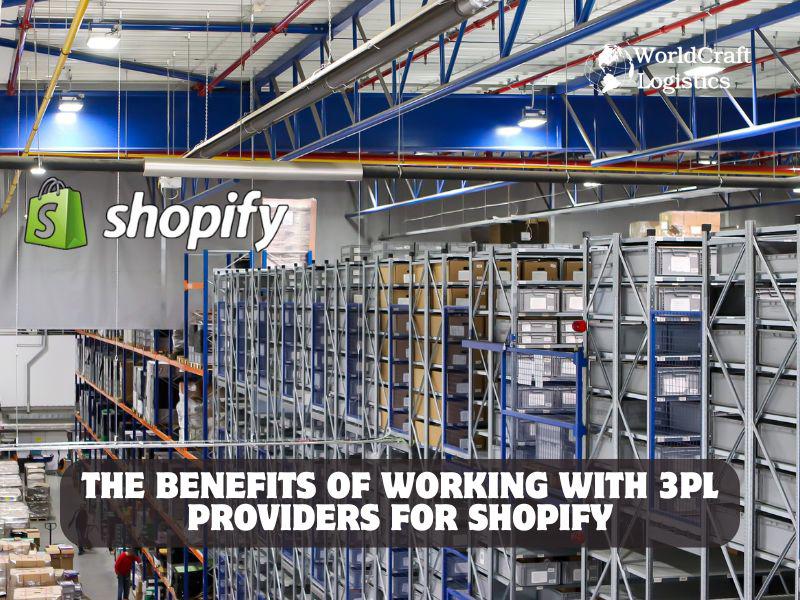
For Shopify stores that engage in dropshipping, partnering with a 3PL company becomes even more valuable. 3PLs streamline the entire dropshipping process by managing inventory storage, order fulfillment, and shipping on your behalf. This eliminates the need to coordinate multiple suppliers and warehouses, allowing you to focus on marketing, customer acquisition, and building supplier relationships. With a reliable 3PL handling fulfillment behind the scenes, you can scale your dropshipping business more efficiently and maintain a consistent customer experience.
Not all 3PL for Shopify providers are created equal. To find the right partner, you need to look beyond the basics and evaluate specific criteria that impact your business long-term. Here are the most important factors to consider:
▶️ Seamless Shopify Integration: Look for a 3PL with a native Shopify app or robust API capabilities. This ensures orders, inventory levels, tracking updates, and returns sync automatically without manual work.
▶️ Fulfillment Network Coverage: A strategically located warehouse network reduces shipping costs and delivery times. Make sure the 3PL has facilities near your main customer regions and can support international shipping if needed.
▶️ Transparent Pricing: Clarity on all fees-storage, picking, packing, shipping, and returns-helps you avoid hidden charges. Request a detailed pricing breakdown so you can project costs accurately as you grow.
▶️ Service Level Agreements (SLAs): Strong SLAs guarantee order accuracy, on-time shipping, and inventory handling standards. Ask each provider about their performance metrics and policies for resolving issues.
▶️ Custom Packaging and Branding Options: If you want to create a memorable unboxing experience, choose a 3PL that offers branded packaging, inserts, and custom labeling to reinforce your brand identity.
▶️ Scalability and Capacity: Ensure the provider can handle spikes in volume during promotions or holidays without compromising service quality. A good 3PL should scale with your growth seamlessly.
▶️ Returns and Reverse Logistics Support: Efficient return processing improves customer satisfaction and saves your team time. Confirm that the 3PL manages returns and integrates them into your inventory workflows.
▶️ Technology and Reporting: A modern 3PL should provide a user-friendly dashboard with real-time data on inventory, orders, and shipments. Access to analytics helps you optimize fulfillment performance and control costs.
▶️ Industry Expertise and Support: Look for providers with proven experience serving Shopify merchants. Responsive support teams and dedicated account managers make it easier to solve problems quickly.
Evaluating these criteria carefully will help you select a 3PL partner that aligns with your goals, budget, and customer expectations.
While using a 3PL for Shopify is one of the most popular ways to manage logistics, it’s not the only option. Depending on your products, order volume, and growth plans, you might also consider these alternatives:
Shopify’s own fulfillment service stores your products in their network of warehouses and picks, packs, and ships orders on your behalf. SFN is fully integrated into your Shopify dashboard, making setup simple. It works best for fast-moving products and brands with customers mainly in North America.
Instead of stocking products yourself, you can partner with suppliers who ship orders directly to your customers. Dropshipping requires minimal upfront investment and is easy to scale, but you’ll have less control over shipping speed and inventory availability.
Some Shopify merchants prefer to handle storage and shipping internally. This gives you complete control over packing, branding, and customer experience. However, it requires dedicated space, staff, and fulfillment technology as you grow.
Many brands combine multiple approaches. For example, you might fulfill high-margin or custom products in-house while outsourcing standard products to a 3PL or using dropshipping for less popular SKUs.
Exploring these options helps you design a fulfillment strategy that balances cost, speed, and control as your Shopify business evolves.
A smooth and predictable process is the backbone of a successful partnership with a 3PL for Shopify. Below is a typical fulfillment workflow that shows how orders move from your store to your customers’ hands:
Step #1: Integration Setup
Connect your Shopify store to your 3PL’s platform. Most leading providers offer native apps or guided onboarding to sync products, inventory, and order data automatically.
Step #2: Inventory Receiving and Storage
Ship your products to the 3PL’s warehouse. The provider inspects, counts, and stores your inventory in their facility, updating stock levels in your Shopify dashboard in real time.
Step #3: Order Processing
When a customer places an order, the 3PL’s system instantly receives it from Shopify. The order details-including SKU, quantity, and shipping preferences-are queued for fulfillment.
Step #4: Picking and Packing
Warehouse staff pick the ordered items, scan barcodes to confirm accuracy, and pack the products. Many 3PLs allow you to include branded inserts, custom packaging, or gift options.
Step #5: Shipping and Tracking
The order is labeled and handed off to the chosen carrier. Tracking information is generated automatically and synced back to your Shopify store so customers can monitor delivery progress.
Step #6: Returns Management
If a customer initiates a return, the 3PL receives the returned item, inspects it, and restocks or disposes of it according to your policy. Status updates are reflected in Shopify to keep your records accurate.
By following this process, you ensure faster delivery, fewer errors, and a consistent experience for every customer.
Choosing the best 3PL for Shopify requires more than just comparing price quotes. Use these tips to find a partner that fits your business goals and delivers the service your customers expect:
Start by creating a shortlist of 3PL companies with proven Shopify expertise. Read customer reviews, case studies, and independent ratings to understand their strengths and potential drawbacks.
Shopify has a large ecosystem of certified apps and integrations. Browse the Shopify App Store to discover fulfillment apps that connect directly with your store. Community forums and discussion groups are also valuable resources for real-world feedback and recommendations from other merchants who have tried different providers.
Ask providers for examples of Shopify stores they already serve. Speaking directly to existing clients can reveal how reliable the 3PL is during peak seasons and how responsive they are when problems arise.
Make sure the 3PL offers seamless Shopify integration and an intuitive dashboard. Test the platform to confirm real-time syncing of orders, inventory, and tracking information.
Request detailed pricing breakdowns that cover all fees-storage, picking, packing, shipping, returns, and any minimum charges. Understand the contract terms, including any penalties or long-term commitments.
Whenever you can, visit the 3PL’s warehouse to see their processes firsthand. This helps you gauge cleanliness, organization, and operational standards.
A responsive support team makes a huge difference if issues arise. Look for providers who assign a dedicated account manager and offer multiple support channels.
Before committing fully, consider sending a limited batch of inventory to test their processes. A trial run helps you evaluate accuracy, speed, and the customer experience without risking your entire catalog.
Once you start working together, track KPIs like order accuracy, on-time shipping rates, and return handling. Continuous monitoring ensures the 3PL is delivering on promises.
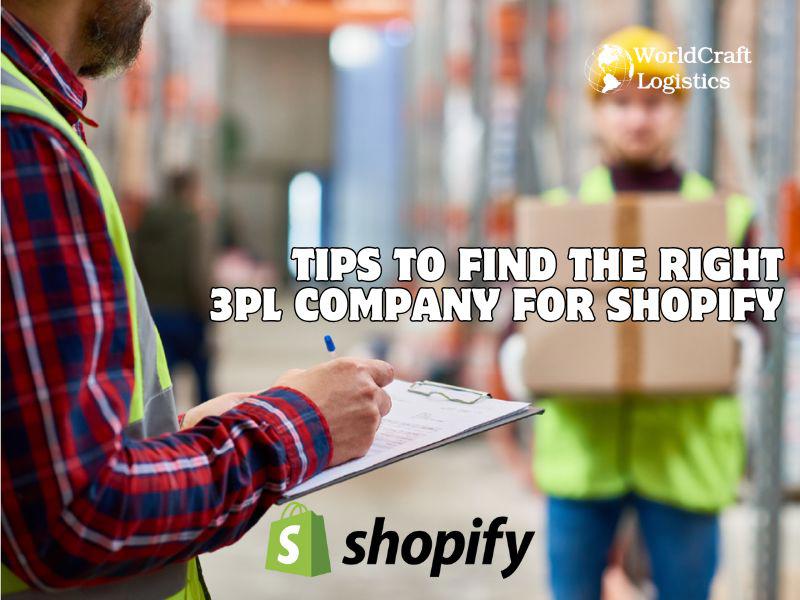
When comparing options, pay special attention to these factors:
☑️ Experience and Expertise – Look for a provider with a track record in your product category and Shopify integrations.
☑️ Integration with Shopify – Confirm they offer native apps or proven API connections for seamless data flow.
☑️ Customer Service Capabilities – Evaluate response times, availability, and the quality of support.
☑️ Shipping Options and Rates – Make sure they can offer competitive rates and delivery speeds that meet your customers’ expectations.
☑️ Proximity to Customers – A network of warehouses near your main markets will shorten delivery times and reduce shipping costs.
☑️ Experience Fulfilling Your Products – Verify that the 3PL can handle your specific SKUs, whether they are fragile, oversized, or require special handling.
A 3PL (third-party logistics provider) is a company that stores, picks, packs, and ships your products for you. With Shopify, a 3PL integrates directly into your store so orders flow automatically from checkout to fulfillment without manual data entry.
Pricing varies by provider and depends on factors like storage volume, order volume, packaging needs, and shipping destinations. Typical fees include receiving, storage, pick and pack, shipping costs, and returns processing. Always request a detailed quote to understand your total costs.
Yes-many Shopify 3PL providers have global warehouse networks and can ship to customers worldwide. They often manage customs paperwork, duties, and taxes to simplify cross-border fulfillment.
Setup time varies by provider. Many modern 3PLs offer plug-and-play Shopify apps that integrate within a few hours. More complex setups involving custom workflows may take a few days.
Reputable 3PLs have service level agreements (SLAs) outlining how they resolve errors. This usually includes replacing lost or damaged orders, issuing refunds or credits, and taking steps to prevent repeat issues.
It depends on your business. Shopify Fulfillment Network is ideal for fast-moving products targeting U.S. customers, while independent 3PLs often provide more customization, international coverage, and specialized services.
Absolutely. A 3PL can store your inventory and handle fulfillment so you don’t have to touch the products yourself. This is especially useful if you’re moving away from pure dropshipping suppliers to hold inventory for faster shipping.
You’re likely ready if you:
Ship more orders than you can handle manually
Need faster delivery times
Want to expand into new markets
Struggle with inventory management and returns. A 3PL helps you scale without adding more operational headaches.
Choosing the right 3PL for Shopify is one of the most important decisions you can make to scale your business efficiently. The right partner helps you simplify fulfillment, lower operational costs, improve delivery speeds, and create a smoother experience for every customer.
Before you decide, take time to:
Compare multiple 3PL providers
Request detailed pricing and service breakdowns
Run a small-scale test to evaluate their performance
Consider how well each provider integrates with your Shopify store and supports your long-term growth
If you’re ready to explore a flexible and reliable solution, Worldcraft Logistics can help you build a tailored fulfillment strategy that aligns with your goals. From fast domestic shipping to international expansion, their experienced team and robust technology make it easier to grow your brand without logistics headaches.
SEO
Digital Marketing/SEO Specialist
Simon Mang is an SEO and Digital Marketing expert at Wordcraft Logistics. With many years of experience in the field of digital marketing, he has shaped and built strategies to effectively promote Wordcraft Logistics' online presence. With a deep understanding of the logistics industry, I have shared more than 500 specialized articles on many different topics.
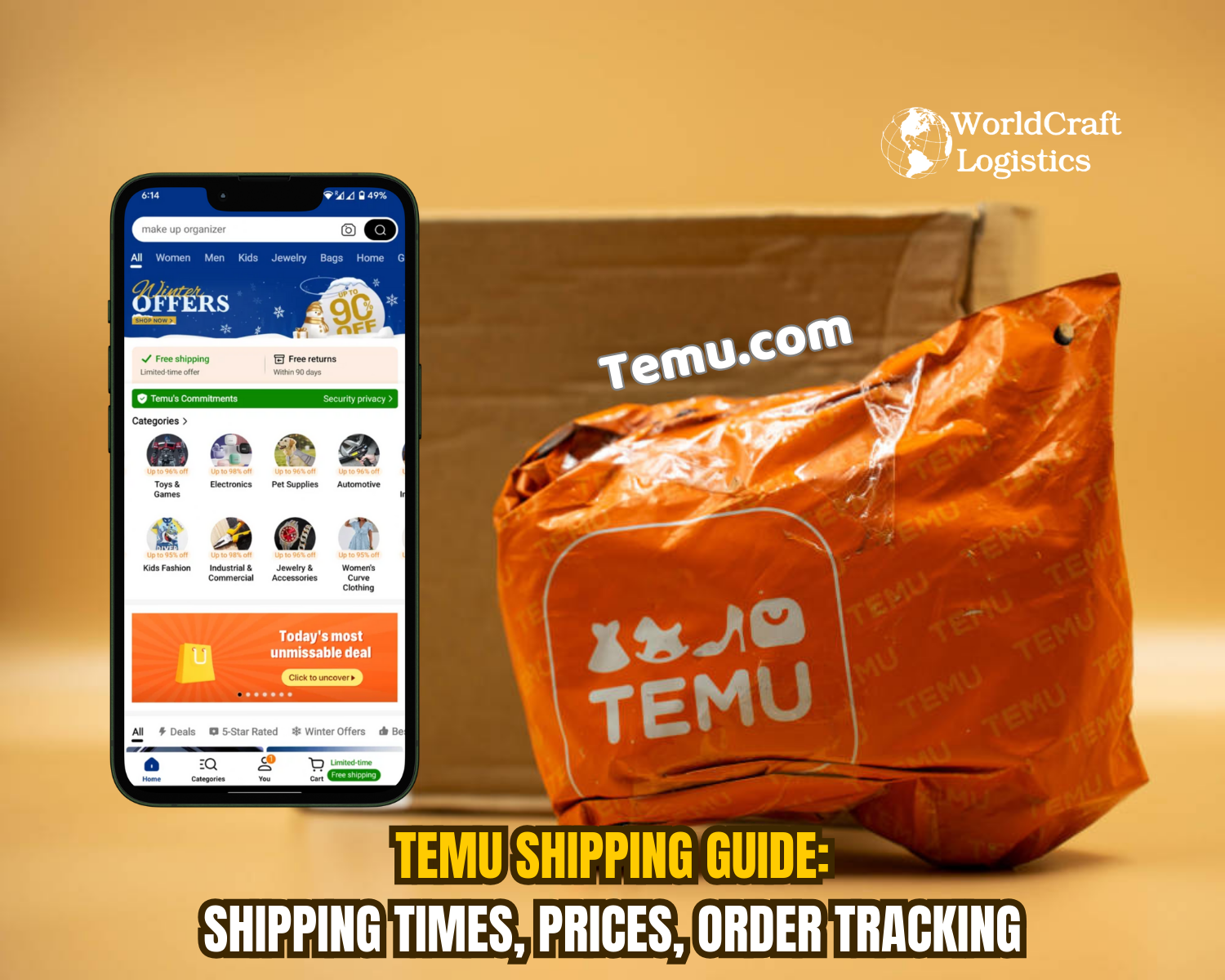
Education
01/05/2025
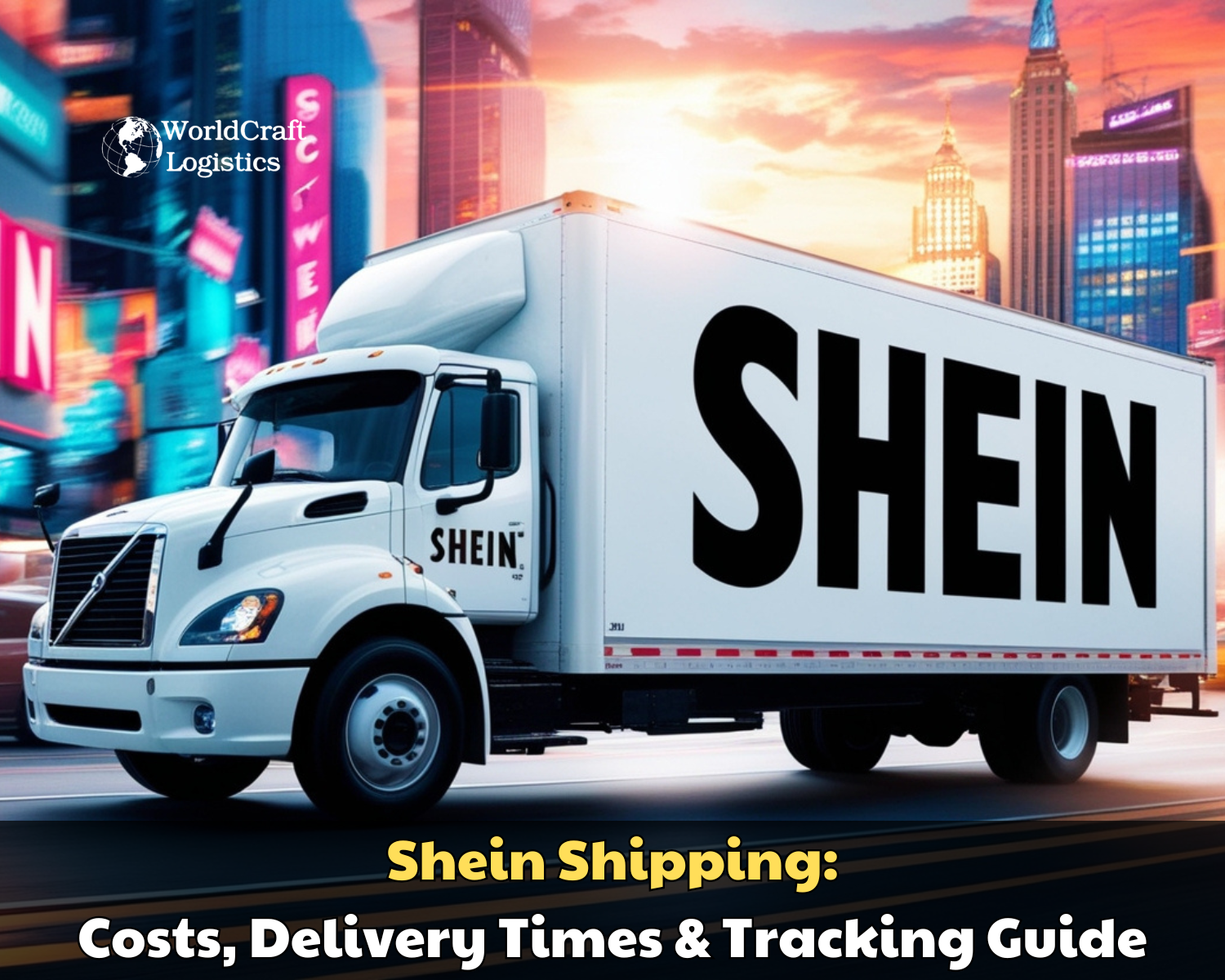
Education
02/18/2025
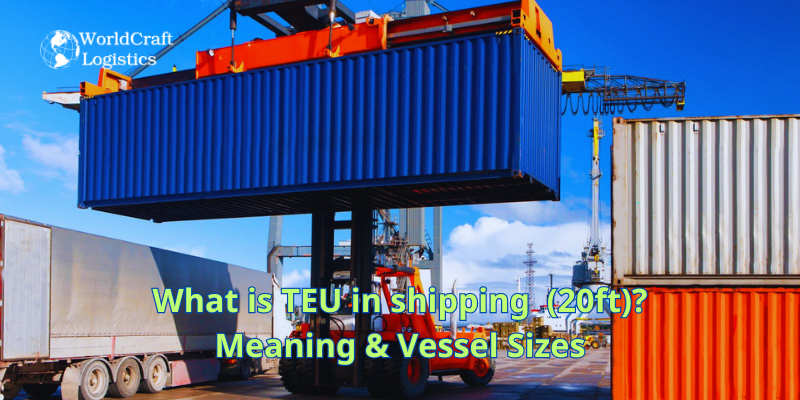
Education
01/01/2024
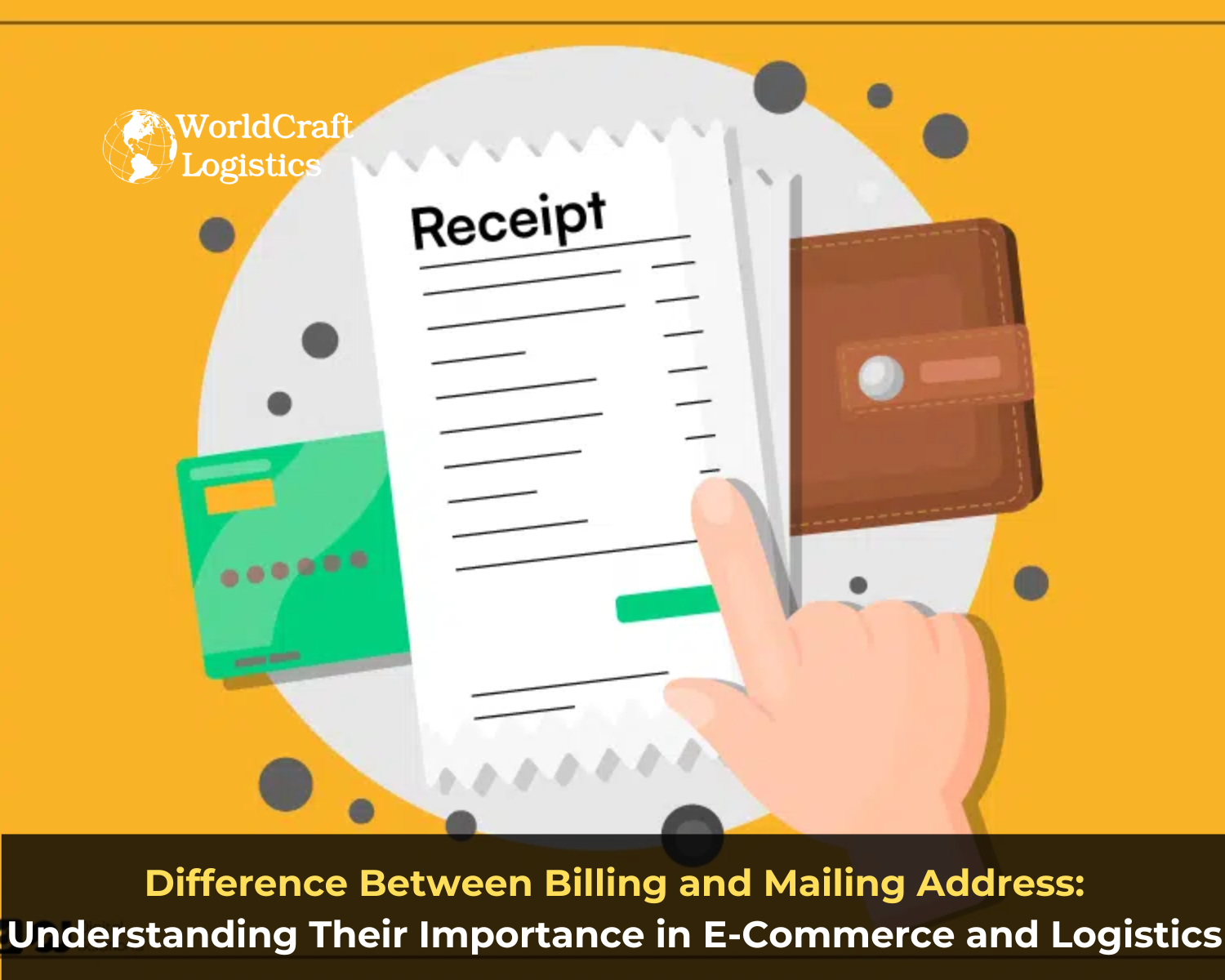
Education
08/28/2024
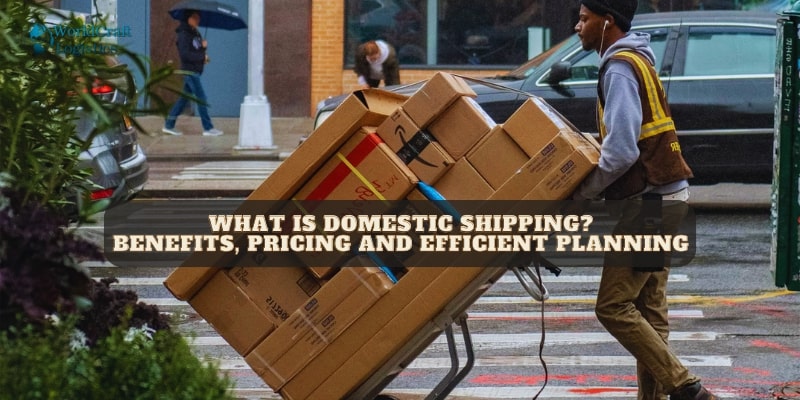
Education
11/13/2023